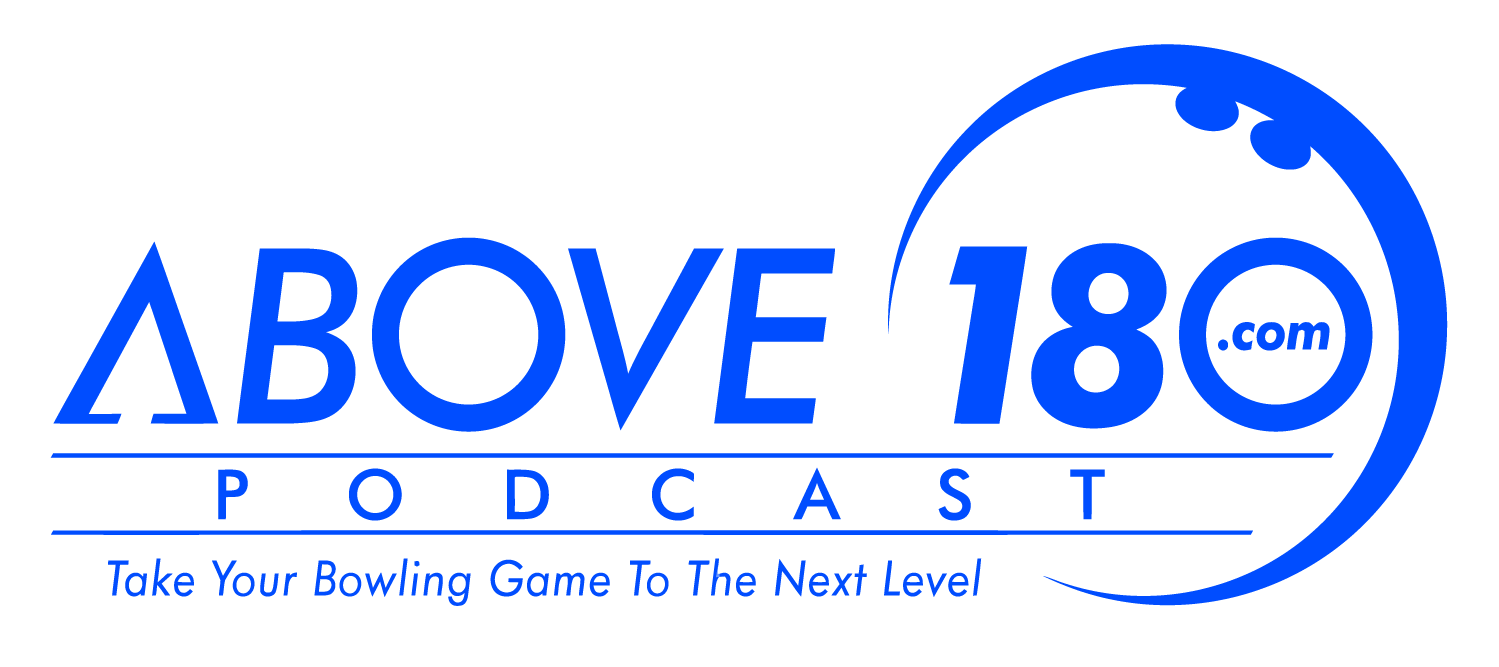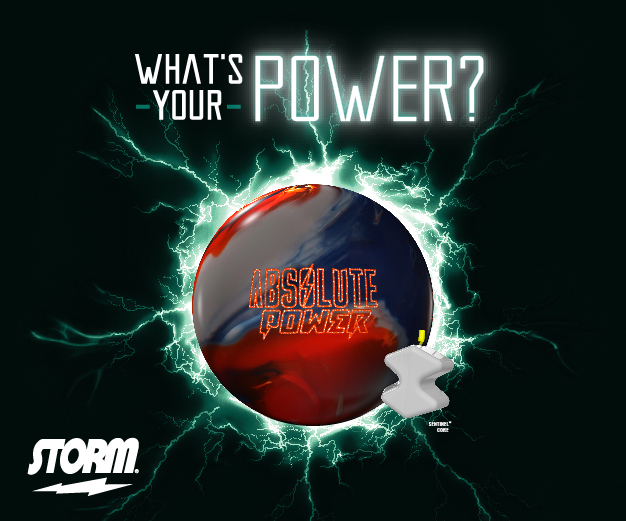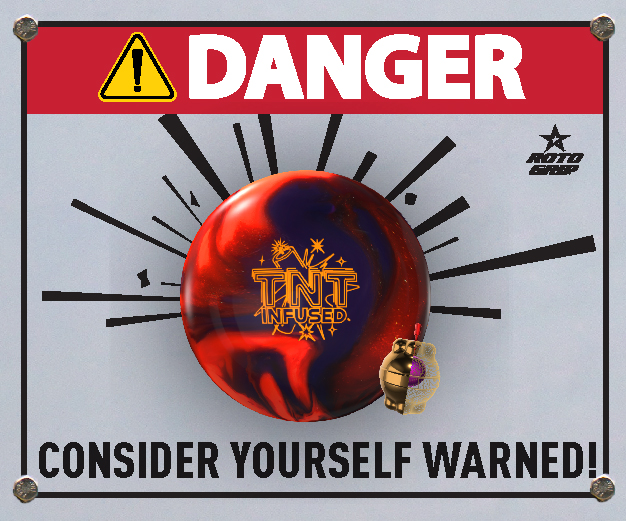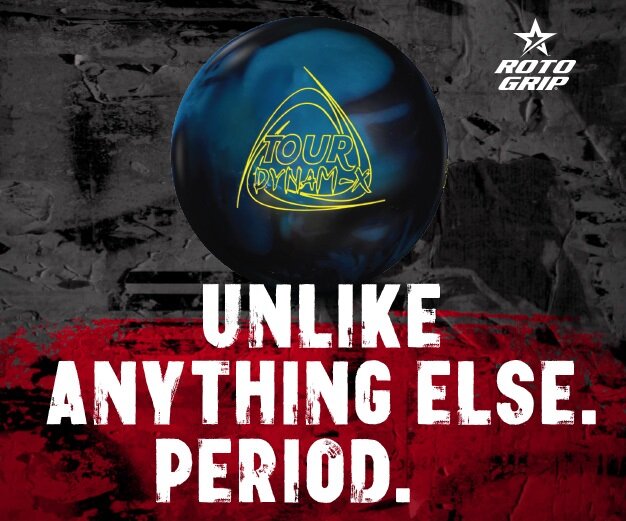 Ball layouts? Why the heck do I need to understand the intricacies of bowling ball balancing techniques, I’m just a bowler? So you can properly relay your ball motion desires to your ball guy, that’s why! You need to be able to express your desired ball motion and he needs to be able to satisfy your wishes.
Ball layouts? Why the heck do I need to understand the intricacies of bowling ball balancing techniques, I’m just a bowler? So you can properly relay your ball motion desires to your ball guy, that’s why! You need to be able to express your desired ball motion and he needs to be able to satisfy your wishes.
Bowling ball balancing techniques are very important because they help define the motion shape a particular bowling ball can have. And those of us who’ve experienced being out-carried by lesser skilled individuals realize how important the correct hook shape is on a given lane condition. Most of us have also realized that even though total hook is somewhat important for good pin carry, the where and how is much more critical in optimizing favorable pin carry.
So what do we, as bowlers, need to understand about layouts? To name a few, we need to realize that the same layout for two similar speed players may play totally differently on the same lane condition due to varied rev rates, axis tilts and axis rotations. We need to understand the importance of weight hole location to help fine tune the breakpoint shape we’re looking for. We need to fully comprehend the importance of surface preparation to better match the intended lane surface and oil pattern. We need to appreciate the importance of a qualified ball driller, most often IBPSIA (international bowling pro shops and instructors association) certified, who fully understands the individual nuances of each bowler’s game.
One such person, whose personal quest has been to help ball drillers and bowlers alike understand the importance ball layouts, is Mo Pinel. Mo has developed the Dual Angle Layout ball balancing system. This system takes into account three distinct elements of ball drilling: the drilling angle, the angle to the VAL (vertical axis line) and the pin to PAP (positive axis point) distance. The fourth element is the gradient line weight hole system, which helps fine tune the ball motion. Now I do realize that only a knowledgeable and skilled ball driller should understand all the intricate components of this system, but the average bowler should at least understand some of the hows and whys.
The first element of Mo’s Dual Angle system, the drilling angle, helps determine how long the ball stays in the initial phase of ball motion, the skid phase. Higher drilling angles help prolong the skid phase where as lower angles help promote earlier roll and a quicker transition into the second phase, midlane hook. Mo recommends a minimum of 10° drilling angle to a maximum of 90°.
The second layout element is the angle to VAL. This helps regulate how long the ball stays in the hook phase as well as how quickly the ball transitions into the final roll phase. Mo recommends a minimum of 20° and a maximum of 70° for VAL angles.
The third element of Mo’s Dual Angle system is the pin distance from the PAP. This helps determine what percentage of the ball’s flare potential the drilled ball will have. Lower flare amounts will lessen total hook and increase total length. Be advised that flare amounts differ from ball to ball as well as when comparing symmetrical and asymmetrical core designs. Shorter pins to PAP distances help asymetrics retain their axis tilt and rotation longer. Longer pin distances thus shorter the transition and promote more end over end roll and less sideways motion.
The fourth element, the weight hole location can help define and fine tune a balls reaction. Mo’s gradient line weight hole placement system can alter the ball’s RG and more importantly the balls differential. Dependant on weight hole location, drillers can either decrease track flare by 20% or increase it as much as 40% from the ball’s undrilled differential! These numbers can greatly influence total hook and breakpoint shape on your bowling ball.
Further fine tuning of the Dual Angle layout system involves the ratio between the drilling and VAL angles. Higher ratios can create a more skid snap ball motion for many bowler styles. An example 2:1 ratio would be a 70° drilling angle with a 35° VAL angle. Conversely, lower ratios will promote an earlier roll with a smoother downlane breakpoint shape. A 20° drill angle with a 60° VAL angle would give us a 1:3 low ratio layout. This is where a skilled ball driller comes into the equation. He/she will know which ratios are best for each bowler’s game as well as the total sum of both angles. A qualified ball driller will compute a bowler’s rev rate and ball speed to determine his or her sweet spot, the best sum of the two angles. The driller also realizes higher sums match up best for rev dominant players while lower sums will often give speed dominant players their best looks.
Hopefully this article has helped the average joe bowler, donny bowler or even eddie bowler the importance of a ball’s layout pattern. In summary the layout helps characterize a ball’s hook amount and motion shape. The surface preparation additionally helps provide the necessary traction on a particular lane surface and oil pattern. Weight hole location can further alter a ball’s reaction characteristics post drilling. All of these factors can help us achieve the correct look which should in turn reward us with positive pin carry and higher scores!















Nice post. I’ve never given too much thought to my ball’s layout pattern, and it sounds like I really should. “Above 180” is definitely a place I’d like to be on a consistent basis!
Great website with very informative information. Thanks!
I enjoyed surfing your site was looking for a place to inquire about a drilling layout on a bowlingball fro the 2011 Reno tournamnent My question is
How effect would a Ricco layout be on the USBC 2011 shot ,lets say 2nd or 3 rd game team or 2ns squad S&D ………